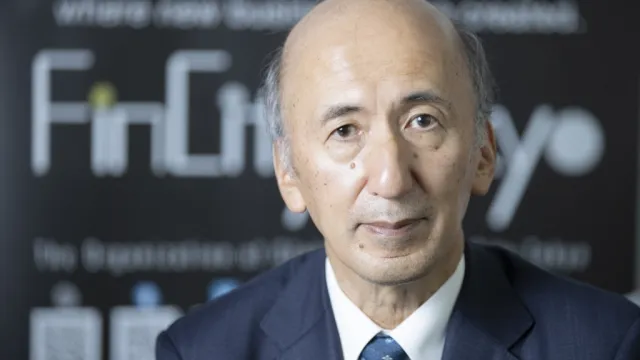Aligning the Interests of Fund Managers and Investors in Hong Kong
By Marc ParrottActively managed investment funds are important. Amongst other benefits, the capital pooled and invested through such actively managed investment funds provides financing for innovative new industries and technologies, which in turn drives broader economic development and growth. Hong Kong has for a long time realised this and successfully supported the growth of such active asset management industry here, providing one of the limbs that makes Hong Kong a truly great global financial centre.
However, as anyone with even a passing interest in the hedge fund, private equity or venture capital industries (so-called “alternative investments”) would be well aware, notwithstanding that the managers of such funds are located in global financial centres such as Hong Kong, the funds themselves, being the vehicle in which investors actually purchase interests and have their money pooled, are overwhelmingly located in the Cayman Islands.
Asia really is an innovative region with respect to the structuring of such funds. However, in an era where we are seeing more and more money globally flow into low-fee fund products practising various forms of indexing, factor investing and other passive or automated methodologies, I believe the alternative asset management industry in Hong Kong (and elsewhere) needs to do more in terms of ensuring an alignment of interests with their investors.
This is good business sense if the industry wishes to continue to attract greater amounts of investor capital.
Further evolution away from the old 2-and-20, which is an anachronism unhelpful to the continued growth of the alternative asset management industry, is required.
Positively, we are seeing more examples in Asia of performance fees only being charged on gains above a “hurdle rate”, based on the idea that inflation or markets generally are rising at some particular rate and so performance fees should only be charged on outperformance above such a level. This appears a very simple idea, and it is not new. For example, letters sent to investors in the investment partnership that Warren Buffett ran, during the period from the late 1950’s until his takeover of Berkshire Hathaway, indicate that his performance fee was charged only above a 6% fixed hurdle. I find it surprising that this model is not more widespread, but I expect it will become more so (using either a fixed hurdle, or sometimes a relevant benchmark index).
Another example of fee evolution is so-called “first loss” arrangements. Under this type of arrangement, the fund manager will agree to absorb some amount of the first losses incurred by the fund but in return, will generally charge a higher management fee on gains. This provides some alignment of interests in the sense that the manager is potentially subject to losses rather than only to gains (with all losses accruing to investors).
Other more complex concepts relating to performance fee calculations, such as selecting between “deal-by-deal” performance fees or a “whole fund” approach, properly accounting for write-offs, losses or valuation write-offs on other investments by a fund when calculating fees, or requiring more robust clawback and/or fee escrow arrangements, are all receiving more attention.
In addition to performance fees, more consideration is being given by managers to whether a flat rate management fee is aligning their interests with those of investors. As assets in a fund grow, the management fees may scale up to a point that they significantly exceed normal operating costs for the management firm (which should really be the point of the management fees) and instead become a material source of profit. Where material management profits are earned without investor profits, this is a decoupling of management and investor interests. As a result, the concept of the percentage of management fees reducing as fund size increases (or other approaches to limiting these fees) is becoming more common in funds managed from Asia.
Beyond fees, promoting other practices to ensure an alignment of interest with investors should be seen as positive to the future of the active fund management industry. For example, ensuring that fund managers are required by fund documents to maintain a meaningful equity interest in their fund, and ensuring that conflict of interest waivers in offering documents are not drafted in an overly broad manner.
By continually focusing on these and other alignment of interest concepts, the active asset management industry here in Hong Kong will continue to grow, and with the rise of wealth in the region has every reason to be optimistic about the future.









![Cross Domain [Manu + SBR + ABF + ABR + FMCG + HBR + ]](https://cmg-qa.s3.ap-southeast-1.amazonaws.com/s3fs-public/styles/exclusive_featured_article/public/2025-01/earth-3537401_1920_4.jpg.webp?itok=WaRpTJwE)









 Advertise
Advertise


